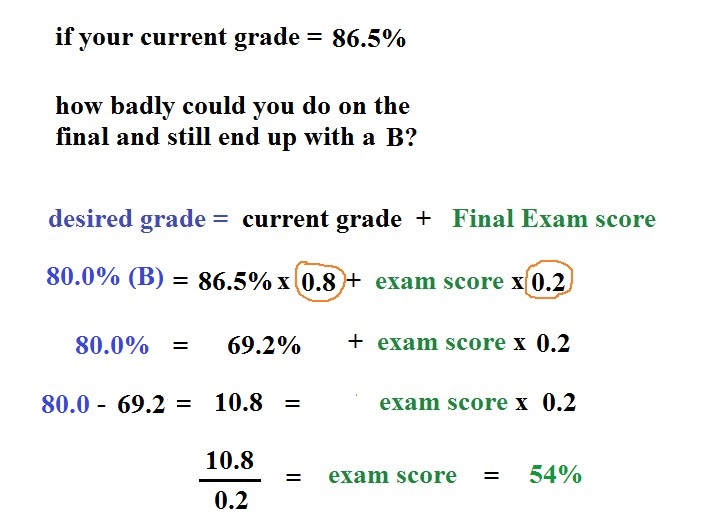



 |
 |
| The labels on the contours are
reasonable sea level pressure values. These are pressure
contours, isobars. The fact that the values decrease
as you move in toward the center means this is a center of
low pressure. |
Surface winds blow across the isobars
always toward low pressure. That's another way of
figuring out this is a center of low pressure.
The term cyclone refers to winds spinning around a
center of low pressure. |
 |
 |
 |
| You should be able to identify cold
fronts (at left above) and warm fronts (right), determine
where the cold and warm air would be found, and show their
direction of motion. |
 |
 |
| In these
crossectional views of cold and warm fronts you should be
able to determine whether the cold air is advancing or
retreating (bunched up shape vs a ramp like shape).
Which ever air mass is rising is the lower density warmer
air mass. Both warm and cold fronts cause air to
rise. |
|
